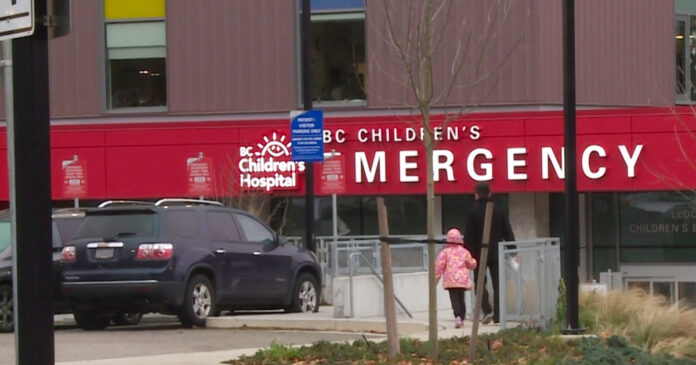Across Canada, governments are spending more than ever before on health care. From B.C. to PEI, health care has ballooned to the largest single cost faced by provincial governments. The Canadian Institute for Health Information notes that Canada is already “among the highest spenders” in the world.
Despite record spending, we find a system in crisis across the country. More money won’t solve the woes our system faces, but health reform could certainly help.
According to data collected from provincial governments and published on SecondStreet.org, there are more than 3 million Canadians currently waiting for surgery, appointments with specialists, or diagnostic scans.
That’s on top of more than 6 million Canadians who can’t find a family doctor.
All of this is leading to tragic results.
Since 2018-19, nearly 60,000 Canadians have died on waiting lists before getting the care they need. This figure includes a wide array of health services – everything from MRI scans and hip operations, which could improve a patient’s quality of life, to procedures which could potentially save their life (e.g. a heart operation). Regardless, this total is likely much higher, as it comes from incomplete data – data that is incomplete because governments simply don’t care to track it.
Additionally, we don’t hear figures about those Canadians who have faced more serious health challenges due to delays in care. Cancers which are far more easily treated when caught early go undetected, or worse yet, grow before necessary screenings take place. Autoimmune diseases, like Multiple Sclerosis, can leave a patient in excruciating pain, unable to live a normal life – sometimes for years – before their disease can be identified and treated. Even trying to get antibiotics for a sinus infection can mean waiting for countless hours in a walk-in clinic, or days to weeks to try and find an appointment if there is access to a family doctor.
Governments also are not tracking the costs that a lack of access to preventative medicine is putting on the health care system. A 2013 CBC article estimated there were $10,000.00 of extra costs for a patient getting treated who is already in poor health. The Bank of Canada’s inflation calculator increases that number to over $13,000 in 2024 dollars. It would be safe to bet your bottom dollar that those Canadians stuck on waiting lists or unable to find a family doctor are all vulnerable to worsening health before treatment is available.
So, not only is the lack of access to health care in Canada killing Canadians, but it’s taking billions of dollars away from the rest of the system to treat patients for illness which if caught earlier, would be a fraction of the cost.
As our population continues to age, more and more people will need to rely on our health care system. And yet, we seem wholly unprepared to even confront the challenges we face today.
Again, more money isn’t the solution.
That is not to say health care budgets ought to be cut, but rather, a call to recognize the status quo isn’t getting Canada’s patients the treatment they need, when they need it.
We have seen some provincial governments begin to explore some necessary reforms. For example, some provinces have granted pharmacists increased authority to prescribe medicines and even provide some treatment for minor illnesses in others. Alberta, Saskatchewan and Ontario are all taking important steps to contract private providers to perform surgeries for patients in the public system to help alleviate wait times for health issues like cataracts and knee replacements, freeing up hospital beds for more critical health needs.
But these reforms aren’t enough.
Cities like Vancouver have a significant presence of private health facilities, providing innovative and world-class care. Patients from across Canada will often travel to B.C. to pay for private treatment, but government policies ban Canadians living there the option to pay for these same services.
Oddly enough, a court decision in Ontario recently ruled the provincial government must pay for a person to fly to a private clinic in Austin, TX to have a vagina created behind his penis, and yet, Canadians waiting for cancer care, or critical treatment can’t even access private clinics already in Canada.
If we simply allowed those Canadians to access those clinics we would create new opportunities for patients to get care when it’s needed, not after months – or years – on a waitlist. It’s an easy answer if the question is about how to get more Canadian patients off waitlists and get them the care they need.
Harrison Fleming is the Legislative and Policy Director with SecondStreet.org, a Canadian think tank.
